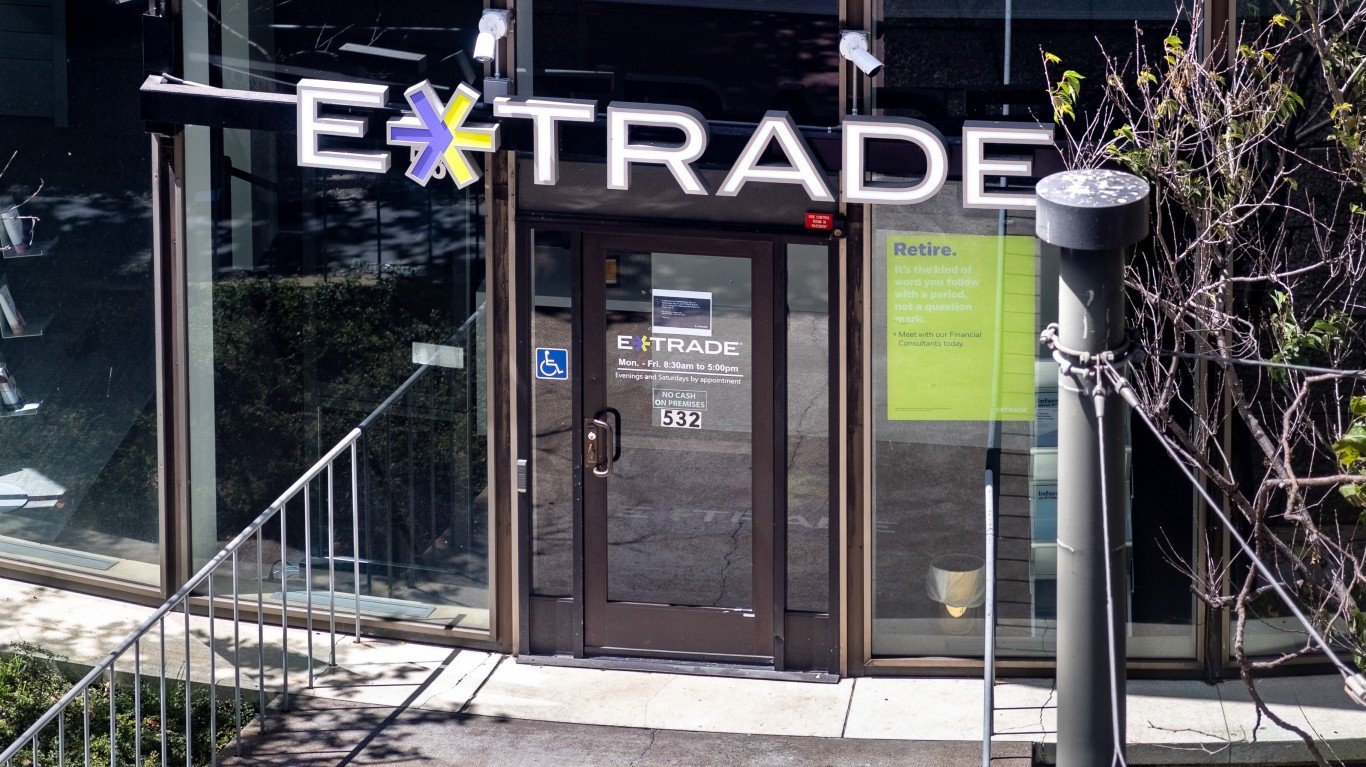

Many investors use an alternative valuation approach in their investments. Rather than looking at a book value in financial stocks, an alternative measurement that is using a “sum of the parts” valuation. In short, some companies are worth more if you break their lines of business up as standalone companies rather than keeping them all together.
American International Group Inc. (NYSE: AIG) is one of the largest insurers in the world. It has so many different operations that most people in the company might have a hard time telling you every single line of financial services that the company is in. AIG has not announced a formal break-up of the entire company into its parts, but the financial services giant did announced that it plans to separate the Life & Retirement business from the AIG parent.
This move may have a simple plan after the dust settles, but this could be a very long, costly and painful exercise. There is also a chance that the plan is simply blocked. It is very important to look backward and forward in time to determine what exactly this means for AIG shareholders, and it may be much more drastic than the share price reaction indicated at first.
While many pieces of news like this would be received with a cheer, AIG also announced some top leadership changes to reflect the move and the company issued a new update on catastrophe losses. Those losses include its COVID-19 catastrophe-related losses and included the company’s Life & Retirement and Legacy annual actuarial assumptions.
AIG’s new assumptions show a $9 million pre-tax charge against net income, including a $120 million pre-tax charge and a $98 million pre-tax benefit.
As for the separation of AIG’s Life & Retirement business, the company’s executive management review of operations now indicates that a simplified corporate structure will unlock significant value for shareholders. AIG was clear that no specific path to how it will separate the operation has been made. The company only specified that the intent will be to maximize shareholder value and establishes two independent and market leading companies.
AIG has already been in the decade-plus long process of de-risking the balance sheet and to seek profitable growth. The company has already exited some operations outright over time, it has boosted its General Insurance operations, and diversified its Life & Retirement operations. Whether or not the separation of the Life & Retirement unit from AIG will boost the company’s valuation or not remains to be seen. Earlier this year, AIG announced the sale of Fortitude Group Holdings for a $2.2 billion sale price to further de-risks its balance sheet and to sharpens its focus on core businesses.
AIG’s first quarter of 2020 showed that the Life and Retirement unit reported adjusted pre-tax income of $574 million. This was lower because of declines in equity markets and widening spreads in credit markets, which the company specified was as a result of the ongoing COVID-19 crisis.
AIG’s second quarter results of 2020 indicated that the Life and Retirement unit had a pre-tax income (APTI) of $881 million, which was a decrease of $168 million compared to the prior year’s same quarter. That drop was said to be driven by private equity losses, continued spread compression, as well as elevated mortality related to COVID-19. The company’s adjusted return on attributed common equity for the second quarter was 13.2% in Life and Retirement.
As of today, there are no assurances that a separation will enhance value. This is boilerplate language, but AIG did specify that the effort has some hurdles to clear before any separation can occur. It’s release said:
Any separation transaction will be subject to the satisfaction of various conditions and approvals, including approval by the AIG Board of Directors, receipt of insurance and other required regulatory approvals, and satisfaction of any applicable requirements of the Securities and Exchange Commission. No assurance can be given regarding the form that a separation transaction may take or the specific terms or timing thereof, or that a separation will in fact occur.
Where this story gets interesting is that this separation probably looks more like a breaking up of the company. The $881 million adjusted pre-tax income from Life & Retirement was greater than the same accounting of all other operations due to charges. In the second quarter of 2019, before anyone knew that COVID-19 was coming for the world economy, The Life 7 Retirement unit had adjusted pre-tax income of $1.05 million, which was more than half of the $1.677 billion adjusted pre-tax earnings (after $471 million in charges) for all of AIG.
It is hard to know what assignment or strategy the company will do. And breaking half of a corporate profit structure before charges is no easy task. This will involve a significant amount of debt and investment transfers that have to be done, and the move could become subject to approvals of debt holders and perhaps its shareholders before it’s all said and done. The credit ratings agencies may also play a role here before it is all said and done since the move has to be equitable for all parties before and after the separation is completed.
As of the end of 2019, AIG’s stated book value per common share was $74.93 and its book value per common share excluding accumulated other comprehensive income and deferred tax assets was $58.89. For 2019 as a whole, before any impact from the coronavirus, AIG’s full year adjusted net income of $5.48 billion had $3.458 billion in adjusted net income from the Life & Retirement operations.
As of the end of June 2020, AIG’s total adjusted book value was $55.90 and its adjusted tangible book value per share was $50.16. AIG’s $27 billion market cap is a mere fraction of its former glory days before its stock was crushed heading into the Great Recession and World Financial Crisis.
This looks like a classic separation will come in the form of a tax-free spin-off that effectively gives existing shareholders a similar stake in both post-split companies. That said, the company did not commit to how it would separate the companies and that makes it anyone’s best guess of what will ultimately occur here. There is also the chance, perhaps even because of market or economic conditions, that AIG determines after the fact that the best valuation will come from keeping the companies together.
AIG earned $4.59 EPS in 2019, and Refinitiv has its consensus estimates falling to $2.41 EPS for 2020 and then recovering up to $4.32 EPS in 2021. This creates very low valuations using traditional P/E metrics after normalizing earnings from before and looking beyond the impact of the coronavirus. Now AIG just has to see if it can milk those valuations higher beyond the sum of its parts.
AIG is one of the 10 financial giants still trading at a discount to its book value. It also has close to a 4% dividend yield that has to be dealt with in this process.
What’s interesting here is that the reaction to the move is probably less than what the company would have hoped for. AIG’s stock was only up 1.7% at $31.80 on Tuesday afternoon. Its 52-week range is $16.07 to $56.42 and the Refinitiv consensus analyst target price was $36.50.
Sponsored: Attention Savvy Investors: Speak to 3 Financial Experts – FREE
Ever wanted an extra set of eyes on an investment you’re considering? Now you can speak with up to 3 financial experts in your area for FREE. By simply
clicking here you can begin to match with financial professionals who can help guide you through the financial decisions you’re making. And the best part? The first conversation with them is free.
Click here to match with up to 3 financial pros who would be excited to help you make financial decisions.
Thank you for reading! Have some feedback for us?
Contact the 24/7 Wall St. editorial team.



